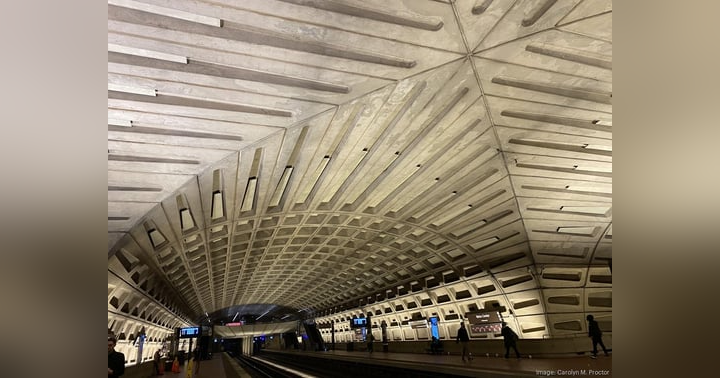Choosing Between Roman Concrete and Modern Blended Cement Concrete

When faced with the decision between Roman concrete and today's blended cement concrete, one might lean towards the ancient marvel of Roman concrete. Despite the advancements in modern concrete technology, Roman concrete continues to captivate the industry with its durability and longevity.
Roman concrete, also known as opus caementicium, was used extensively in the construction of ancient Roman structures, many of which have stood the test of time for over two millennia. The secret to its remarkable durability (allegedly) lies in its unique composition, which includes volcanic ash, lime, and seawater. This combination creates a chemical reaction that strengthens the material over time, making it resistant to environmental factors such as seawater and weathering.
In contrast, modern blended cement concrete, while highly versatile and widely used, often falls short in terms of longevity and environmental impact. Traditional Portland cement, a key component of modern concrete, is known for its high carbon footprint due to the energy-intensive production process. Efforts to reduce this impact have led to the development of low-carbon concrete alternatives, which incorporate supplementary cementitious materials like fly ash and slag. These materials can improve the sustainability of concrete but may not match the long-term durability of Roman concrete.
However, it is worth noting that many professionals in the concrete industry express fatigue over the recurring fascination with Roman concrete. Approximately every decade, renewed interest emerges, often fueled by new research grants. This cycle prompts some to question whether these studies are merely an excuse for researchers to enjoy a trip to Rome at the taxpayers' expense. The persistent mystery surrounding Roman concrete's composition and performance remains unsolved, adding to the intrigue and skepticism.
The allure of Roman concrete is not just about its historical significance but also its potential applications in modern construction. Researchers are keen to unlock the secrets of its composition to develop more sustainable and durable building materials. If the ancient formula could be replicated or adapted, it might offer a solution to some of the challenges faced by the modern construction industry, such as the need for more resilient infrastructure and the reduction of carbon emissions.
Given the choice between low-carbon modern concrete and Roman concrete, the preference would be for the latter. Roman concrete's proven resilience and historical significance make it a compelling choice, despite the ongoing debates and periodic resurgence of interest in its ancient formula. The potential benefits of rediscovering and utilizing Roman concrete could be substantial, offering a blend of sustainability and durability that modern materials strive to achieve.
While modern blended cement concrete has its advantages, particularly in terms of versatility and immediate availability, the enduring legacy of Roman concrete cannot be overlooked. Its ability to withstand the test of time and harsh environmental conditions makes it an attractive option for those seeking long-term solutions in construction. As the industry continues to explore and innovate, the lessons from ancient Roman engineering may yet provide valuable insights for the future of sustainable building practices.










